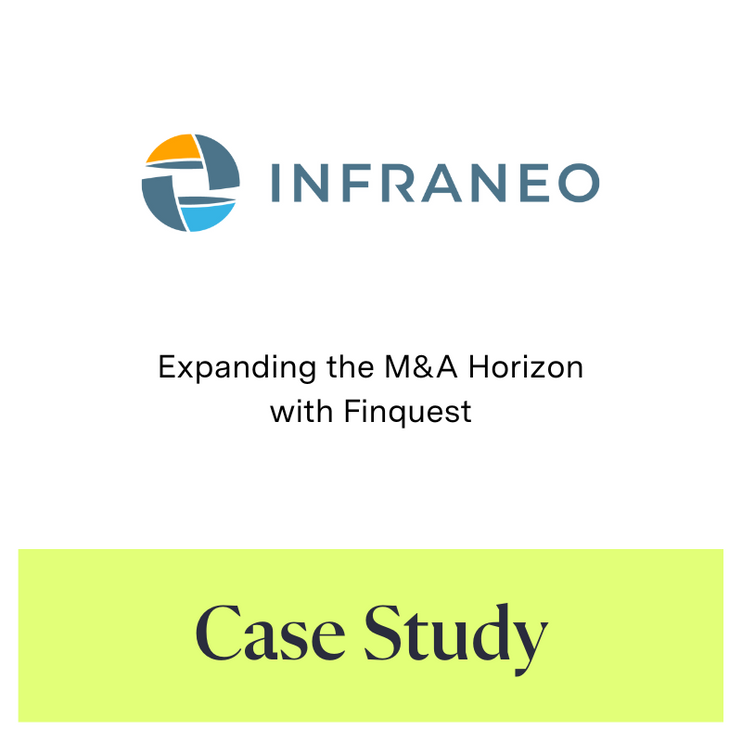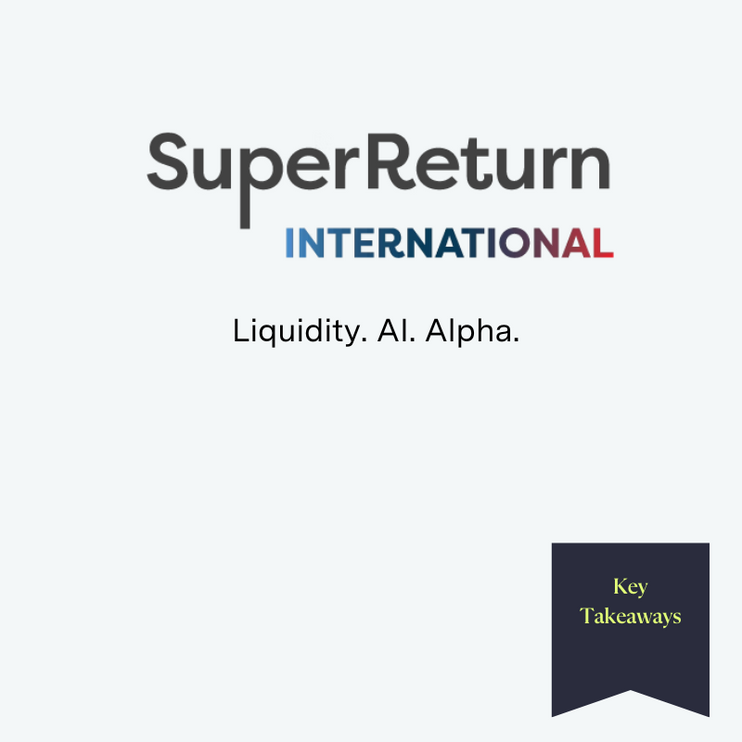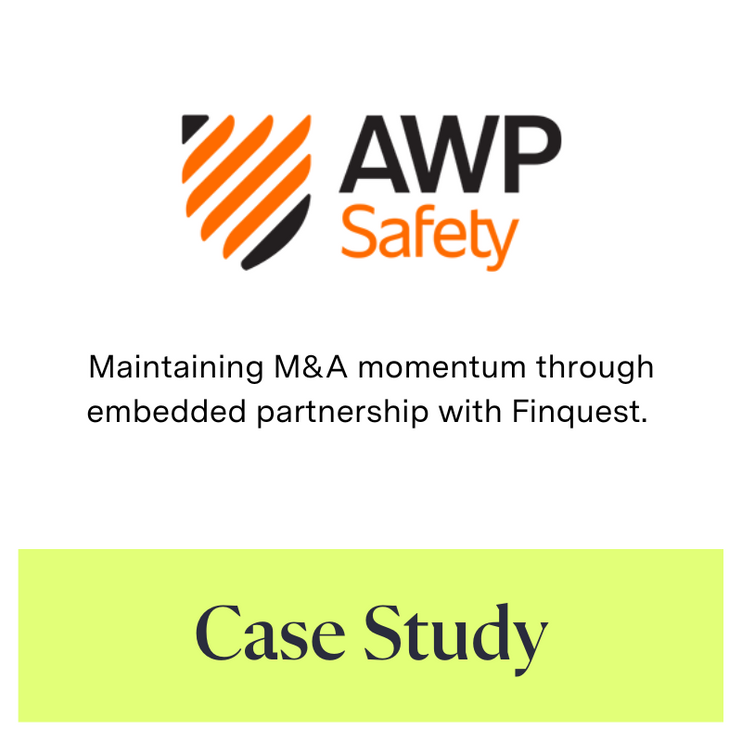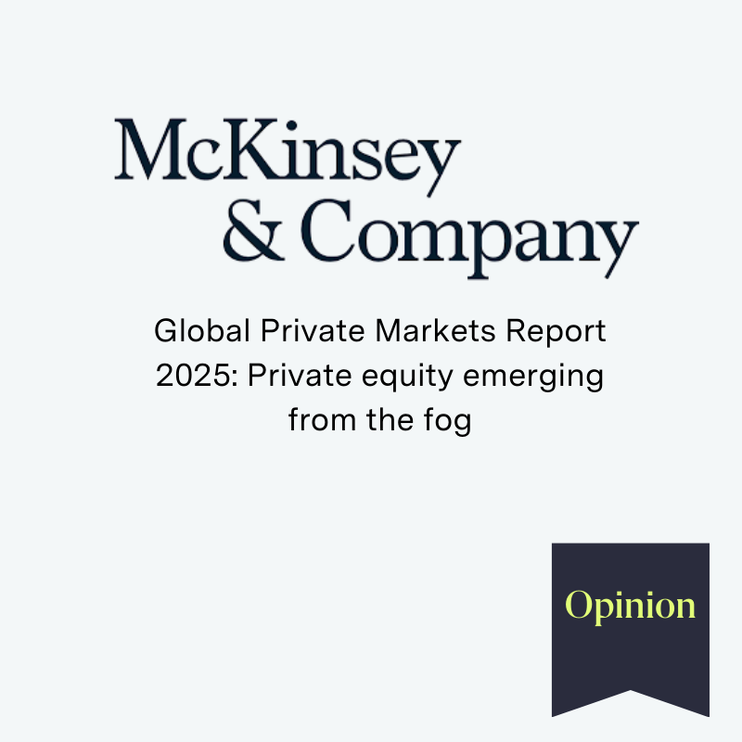
Deliberate Alignment or Market Bias? Why Top Performers Choose Finquest
As a fresh-faced jobseeker in the mid-1990s, I was struck by Bain & Company’s assertion that their listed clients’ performance markedly outpaced the Dow Jones Index, as measured by PwC since 1980. They reported that their client’s performance beat the DJI by a staggering 178% – 319% against 141% for the Dow Jones, to be exact. The reasoning and demonstration implied that Bain & Co played a role in their success.
Although perhaps that was a result of a bias in the sample. Bain & Co’s clientele seemed to comprise smaller, more entrepreneurial clients, with greater potential for growth, than the then-larger and more mature clients of McKinsey and BCG. Whatever the reason, the assertion was powerful and left an impression.
Fast forward to 2023 when Dow Jones and HEC Paris published their PE Financial Performance ranking of Buyout Funds. It was a gratifying moment to see that Finquest supports 8 of the top 10 European performers. Furthermore, despite our relatively recent expansion to the US, we’re gaining a strong foothold among the top US performers too.
The memory of the Bain assertion, and the realization that we work with 8 of the 10 top performers today, got me thinking: was this pure chance, or is there a correlation between performance and use of Finquest?
Now let’s be clear: we are not insinuating causation and will not pretend that the past performance of our clients is a result of using Finquest. There is an over-representation of top performers in our client base, showing a significant bias.
So, are we simply lucky? Or did we set our sights specifically on the highest achievers? The answer to both is no. The best performers share certain similarities, and this correlation could be attributed to the methods private equity funds employ to generate returns for their investors.
Unpacking the Moments of Value-Creation in Private Equity Deals
To be simplistic, there are 3 moments in the deal lifecycle where Private Equity can create value:
- When they buy
- When they hold, and
- When they sell
With the market becoming increasingly sophisticated and efficient in valuation, and auction processes for buying and selling companies being well-run, the most significant value creation opportunity now predominantly lies within the holding period.
However, it’s important to note that creating value during the hold period is still reliant on finding and acquiring the right platform company. Thus, the buying stage retains its importance.
The crucial task of finding the right companies (or “platforms” as they are known in the industry), and more specifically, bidding on the right ones in a market that is now largely intermediated, lies within the purview of the fund. This involves the proactive identification of, and relationship-building with, these potential platforms well before they appear in an auction. And it is this that these top-performing PE firms do so well: they invest very significantly in defining their investment theses and in their deal sourcing capabilities. Capabilities that include well-structured industry advisor networks, taking a data-driven approach, and even through their own deal origination and business development teams.
Historically, the primary source of generating returns was through activating various organic value creation drivers, such as bringing in a solid strategy, making management changes, pricing refinement and sales efficacy, operational efficiency, and financial engineering, to name a few. Every PE firm has its own unique blend of value-creation strategies and tactics, to the extent that organic value creation is increasingly a structured endeavor, with Portfolio Teams bringing transversal expertise to the portfolio company.
The Shift towards Inorganic Growth Strategies in Private Equity
But there has been a shift in the last decade. To reach the types of IRR LP investors expect and to achieve the level of capital deployment required by the high levels of “dry powder” (capital that needs to be invested), an inorganic growth strategy has become necessary. In other words, add-ons, also known as “bolt-ons” or “tuck-ins”. And the top-performing funds are proactively structuring their approach to this value-creation driver too.
Interestingly, because of the more challenging market conditions and scarcity of attractive platform investments, the recent market trends highlight a lower volume of platform deals and more interest in deploying capital through the existing portfolio companies.
But why is M&A gaining ground as a key driver for value creation?
The Benefits of Add-On M&A in Value Creation
It is now well-documented that, provided it is done well, add-on M&A generates value at multiple levels:
- Multiple Arbitrage: the data suggests that the smaller the target, the lower the valuation multiple. This was quite clear to see in our recent webinar on valuation within the add-on strategy. By acquiring a company at a lower multiple and integrating it into a platform that structurally has a higher multiple, you can simply and immediately monetize the difference.
- Entering Another League: generally speaking, the larger the platform, the bigger the valuation multiple. Intrinsically, this is explained by the assumption that larger companies are more resilient, have more pricing power, better economies of scale and efficiency, and so on. These companies also often attract the attention of larger strategic buyers or PE funds that are capable and willing to make larger acquisitions and value the increased size.
- Integration & Synergies: as a former consultant, it is ingrained in me that successful integration and realizing synergies are key. They are by no means the easy part and will determine the overall success or failure of an M&A strategy. The more frequent the acquisitions, the better the company becomes at integrating and realizing synergies.
In fact, McKinsey showed that companies that pursue “Programmatic M&A” (as opposed to “selective” or “large deal”) deliver a median excess return of 2.1 percent per year over 10 years (McKinsey). Which is massive.
Finding the Right Targets: Overcoming the Challenges in Deal Sourcing
To be a successful investor, it is essential to recognize when you lack knowledge or expertise. The process of executing add-ons and consolidation M&A is fundamentally different from finding and building relationships with large platform companies. This stems from the iceberg-like structure of private markets, where only a few large companies make up the top of the peak, and millions of smaller businesses populate the bulk of the structure. Just as with an iceberg, it is comparatively easy to identify the USD 100M+ companies versus the USD 10M companies.
The reason these top-performing firms use Finquest is because they recognize that we have something they (or others on the market for that purpose) don’t have: a deep data set that enables us to identify and comprehensively map the companies that they – or any other data provider – cannot in the lower middle markets. By using Finquest, they can find the right targets, not miss any, and make informed decisions.
To take a rather simple comparison with sports performance: the top F1 teams work on every aspect of performance, whether within their teams or with their suppliers, and they are better than the other teams at activating these differentiating performance triggers. Being a top performer in private equity – and consistently so – requires the same kind of discipline to constantly be looking and evaluating new avenues to generate better returns. As it happens, deal sourcing in the lower middle market is proving increasingly important in the search for higher investor returns. This is precisely why having 8 out of the 10 top performers as clients has not happened by chance but is the result of the discipline of these top performers in seeking and selecting the best provider.
And there is a virtuous impact on Finquest: working daily with the top performers and most demanding professionals (in a good way) creates a culture of overachievement, a solution-oriented mindset, and innovation. These top performers never take their foot off the pedal, and neither do we.
If you want to know more, drop me a line at tanguy.lesselin@finquest.com
Tanguy



